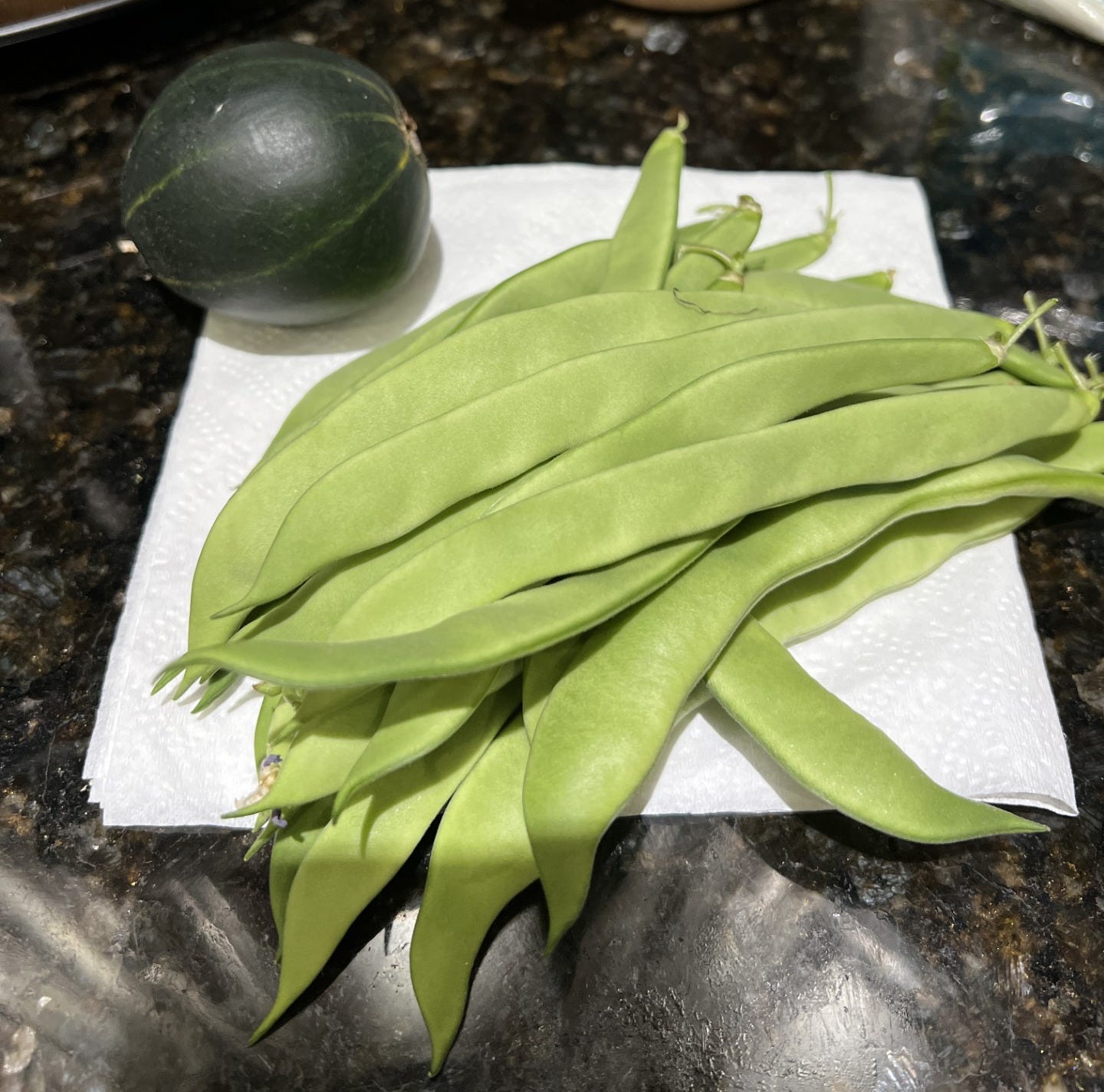The best way to control crabgrass
and what's (not) blooming in my garden
Hi, guys!
After telling you about my lackluster garden production last week, I have big news to report: A handful of green beans and a small, rescued 8-ball zucchini. I say “rescued” because the entire vine dried up and died, so I had to pick it early. Photographic evidence of my “haul,” above.
I’m going …
Keep reading with a 7-day free trial
Subscribe to The Weekly Dirt with Jessica Damiano to keep reading this post and get 7 days of free access to the full post archives.

